-
 Thanh toán đa dạng, linh hoạtChuyển khoản ngân hàng, thanh toán tại nhà...
Thanh toán đa dạng, linh hoạtChuyển khoản ngân hàng, thanh toán tại nhà... -
 Miễn Phí vận chuyển 53 tỉnh thànhMiễn phí vận chuyển đối với đơn hàng trên 1 triệu
Miễn Phí vận chuyển 53 tỉnh thànhMiễn phí vận chuyển đối với đơn hàng trên 1 triệu -
 Yên Tâm mua sắmHoàn tiền trong vòng 7 ngày...
Yên Tâm mua sắmHoàn tiền trong vòng 7 ngày...
The Longevity Diet: Discover the New Science Behind Stem Cell Activation and Regeneration to Slow Aging, Fight Disease, and Optimize Weight
-

- Mã sản phẩm: 0525534075
- (3259 nhận xét)

- Publisher:Avery; 1st edition (January 2, 2018)
- Language:English
- Hardcover:320 pages
- ISBN-10:0525534075
- ISBN-13:978-0525534075
- Item Weight:1.1 pounds
- Dimensions:6.24 x 1.03 x 9.3 inches
- Best Sellers Rank:#15,651 in Books (See Top 100 in Books) #8 in Nutrition for Cancer Prevention #34 in Longevity #163 in Other Diet Books
- Customer Reviews:4.5 out of 5 stars 3,255Reviews
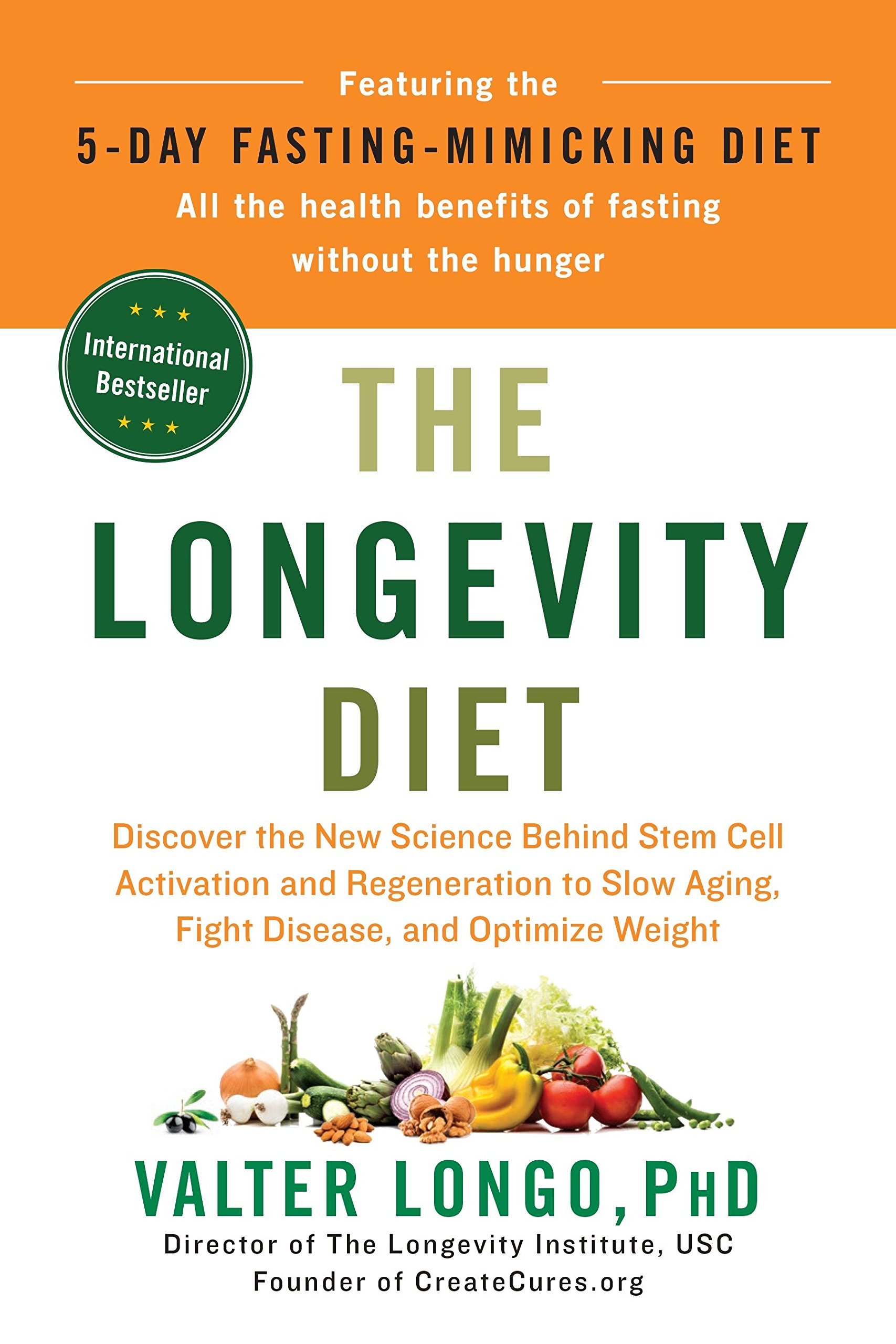
Mô tả sản phẩm
Product Description
The internationally renowned, clinically tested, revolutionary diet program to lose weight, fight disease, and live a longer, healthier life.
Can what you eat determine how long, and how well, you live? The clinically proven answer is yes, and The Longevity Diet is easier to follow than you'd think. The culmination of 25 years of research on aging, nutrition, and disease across the globe, this unique program lays out a simple solution to living to a healthy old age through nutrition. The key is combining the healthy everyday eating plan the book outlines, with the scientifically engineered fasting-mimicking diet, or FMD; the FMD, done just 3-4 times a year, does away with the misery and starvation most of us experience while fasting, allowing you to reap all the beneficial health effects of a restrictive diet, while avoiding negative stressors, like low energy and sleeplessness. Valter Longo, director of the Longevity Institute at USC and the Program on Longevity and Cancer at IFOM in Milan, designed the FMD after making a series of remarkable discoveries in mice, then in humans, indicating that specific diets can activate stem cells and promote regeneration and rejuvenation in multiple organs to significantly reduce risk for diabetes, cancer, Alzheimer’s, and heart disease. Longo’s simple pescatarian daily eating plan and the periodic fasting-mimicking techniques can both yield impressive results. Low in proteins and sugars and rich in healthy fats and plant-based foods, The Longevity Diet is proven to help you:
• Lose weight and reduce abdominal fat
• Extend your healthy lifespan with simple everyday changes
• Prevent age-related muscle and bone loss
• Build your resistance to diabetes, cardiovascular disease, Alzheimer's and cancer
Longo’s healthy, life span-extending program is based on an easy-to-adopt pescatarian plan along with the fasting-mimicking diet no more than 4 times a year, just 5 days at a time. Including 30 easy recipes for an everyday diet based on Longo's five pillars of longevity, The Longevity Diet is the key to living a longer, healthier, more fulfilled life.
Review
"Dr. Valter Longo is one of the world’s leading researchers on longevity, and in this book he’s done an exemplary job of consolidating the most current strategies into easy to understand principles. In particular, his research on fasting is one of the most fascinating new strategies to improve health and longevity."
—Joseph Mercola, DO, Founder of Mercola.com, the most visited natural health site on the internet
"Valter Longo is a terrific scientist who writes beautifully and, this book is the culmination of many years of work, the product of a real passion to understand the underlying mechanisms behind diet, disease and longevity. What he has already shown through his lab work, and what his human studies are making clear, is that it is possible, through the right diet, to turn back the clock, put ourselves on the road to good health. I hope this book is as widely read as it deserves to be."
—Dr Michael Mosley, BBC science journalist and author of The Fast Diet
"Dr. Longo has put together a flawless formula for a daily diet and periodic fasting that optimizes the newest and best data available for a healthy brain, body and mind. Safe to say there is probably none better!"
—Rudolph E. Tanzi, PhD, Professor of Neurology at Harvard University, Director of the Genetics and Aging Research Unit at Massachusetts General Hospital, and author of the New York Times bestseller Super Brain
"There is an ever-increasing recognition that diet plays a critical role in lifespan and healthspan. Valter Longo is a pioneer in advancing research in this field. In the Longevity Diet he translates his laboratory expertise into user-friendly tips and tools for improving how we eat, how we age, and how we live."
– Pinchas Cohen, M.D., Dean, University of Southern California Leonard Davis School of Gerontology
"The health benefits associated with periodic fasting are as striking as they are surprising. Here, Dr. Valter Longo, a recognized leader in the field, embarks on an odyssey through the major chronic diseases that are currently plaguing humanity and shows that they are all modifiable by diets that mimic the fasted state."
– Brian Kennedy, Director of the Centre for Healthy Ageing and Professor in Biochemistry and Physiology, National University Singapore
About the Author
Valter Longo is the director of the Longevity Institute at USC in Los Angeles, and of the Program on Longevity and Cancer at IFOM (Molecular Oncology FIRC Institute) in Milan. His studies focus on the fundamental mechanisms of aging in simple organisms and mice and on how they can be translated to humans. Dr. Longo received the 2010 Nathan Shock Lecture Award from the National Institute on Aging (NIA/NIH) and the 2013 Vincent Cristofalo "Rising Star" Award in Aging Research from the American Federation for Aging Research (AFAR).
Excerpt. © Reprinted by permission. All rights reserved.
Chapter 1
Caruso’s Fountain
Back to Molochio
Drive an hour and a half north from the southernmost tip of Italy and you’ll reach a little town called Molochio in the region of -Calabria. Its name is probably derived from the Greek word molokhē, meaning “mallow,” which is a medicinal plant with a bright purple flower. In the central piazza, there’s a fountain you can safely drink from, its cold water flowing via underground springs directly from the Aspromonte mountains.
In 1972, when I was five years old, I spent six months in Molochio with my mother, who had gone there to stay with my ailing grandfather. For many years, my nonno Alfonso had neglected a hernia, a simple condition that could have been treated with the right care. The day he died, everyone was calling his name to wake him. I walked in the room and said, “Can’t you see that he has died already?” I was very close to my grandfather, and his death caused me great sadness; but even as a child, I felt that dealing with aging and death was something that I was supposed to do, that I had to take charge of the situation somehow.
Our neighbor in Molochio, Salvatore Caruso, was about the same age as my grandfather. In 2012, forty years after my grandfather’s death, Salvatore and I would appear in the same issue of the scientific journal Cell Metabolism for my group’s discovery that a low-protein diet, based on the eating habits of Molochio’s elders, is associated with low cancer and overall mortality rates in the US population. The cover image of 108-year-old Salvatore standing among the Calabrian olive trees made the pages of The Washington Post and media around the globe. Two years after that, Salvatore was the oldest man in Italy, and one of four centenarians living in Molochio. Since there were only around two thousand people living there at the time, this meant Molochio had one of the highest proportions of centenarians in the world (four times that of Okinawa, Japan, which is believed to have the highest rate of centenarians for a large region).
Salvatore, who died in 2015 at the age of 110, started drinking from Molochio’s fountain soon after he was born in 1905; given the exceptional longevity of so many of the town elders, it’s tempting to think it might be the closest thing we have to a real fountain of youth. But while that’s an interesting thought, I’ve spent most of my life studying the science of living long, and the truth is nothing so enchanted. You don’t need to travel to Molochio to drink from its fountain of youth—but if you did, you would learn many of the secrets of longevity from its centenarians.
From Tradition to Science
Whether by luck or destiny, my life took a path that has given me a unique and invaluable perspective on different diets and cultures. From the Calabrian diet of Molochio, where I spent childhood summers, to the pescetarian Ligurian diet of Genoa, where I was raised, to the heavy American diets of Chicago and Texas, to the health-obsessed diet of that mecca of youthfulness, Los Angeles—I’ve lived the full range of good, bad, and excellent nutrition, which has helped me formulate hypotheses about the -connection between food, disease, and longevity. It also helped me realize that in order to understand how people can live long, healthy lives, we need to go beyond scientific, epidemiological, and clinical studies and investigate actual populations that age successfully.
Although I didn’t know it at the time, I grew up between two places that boast among the healthiest traditional diets in the world. Unlike other regions of Italy famous for their meats (Tuscany) or their heavy cream-based sauces (Lazio, Emilia--Romagna), Liguria and Calabria maintained a cuisine based on complex -carbohydrates and vegetables, with dishes like minestrone, pansotti al sugo di noce (a ravioli-like pasta with vegetable filling served in a walnut sauce), and farinata (garbanzo beans and olive oil). During the summers of my childhood in Calabria, we lived simply; almost every morning my brother or sister or I walked up the hill to the bakery to buy fresh bread, hot from the oven, dark from the whole wheat from which it was made. About once every other day, for either lunch or dinner, we ate pasta e vaianeia, which consisted of a small amount of pasta tossed together with large amounts of vegetables, particularly green beans cooked in the pod. Another common dish was stoccafisso, or stockfish—a dried cod similar to baccala but without the salt—served with a vegetable side dish. Other common ingredients of our diet growing up were black olives, olive oil, and lots of tomatoes, cucumbers, and green peppers. Meat was a once-a-week treat; only on Sundays would we have homemade maccheroni pasta with polpette (meatballs)—two each—or sometimes a small steak. The most common drinks were water (from the mountain spring), local wine, tea, coffee, and almond milk. We often drank goat’s milk instead of cow’s milk in the morning. Between meals we were allowed to snack only on peanuts, almonds, hazelnuts, walnuts, raisins, grapes, or corn on the cob. Once we finished dinner around 8 p.m., we usually wouldn’t eat anything until the next morning. Even at our celebratory village fairs, the sweets were made with nuts and dried fruit. And instead of ice cream, we would often have granita, the frozen dessert somewhere between a smoothie and a sorbet. Made with lots of fruit, it is, in my -opinion, the best dessert in the world, but it does contain a lot of sugar. We had to go six miles down the road, to the town of Taurianova, to find the good one.
The traditional diet of Genoa and its region Liguria is arguably as healthy as that of Calabria’s; low in sugar, it consists of a lot of vegetables, garbanzo beans, olive oil, anchovies, codfish, and mussels, all of which represent important components of the Longevity Diet I present in this book.
From Ligurian to Chicagoan
When I was twelve years old, I would lock myself in my room with my electric guitar, turn the amplifier up to ten, and play along to the albums of Dire Straits, Jimi Hendrix, and Pink Floyd. I dreamed of going to America to become a rock star. That opportunity came in 1984 when, at age sixteen, I left Genoa to live with my aunt in Chicago. A music-crazed teenager, I arrived in the Little Italy district of Melrose Park, in the Chicago suburbs, with my guitar sticking out of my backpack, lugging a portable amp. My spoken-language skills were so bad that the immigration -official stamped “no English” on my passport. Chicago had an incredible music scene. I took guitar lessons with Stewart Pearce, an iconic local bebop player. I was mostly interested in rock, but I knew that learning to play jazz and bebop would make me a much better rock guitar player. On weekends, I would sneak out of my aunt’s house and take the L train downtown, where I would plug in and jam with musicians in blues clubs all night long.
My exposure to some of the best blues in the world coincided with my exposure to some of the unhealthiest food in the world—what I consider “the heart attack diet.” At the time, I knew nothing about nutrition and aging, but I remember thinking something must be wrong with the Windy City diet because so many of my relatives there—mostly ethnic Calabrians—were dying of cardiovascular diseases, which were relatively uncommon in southern Italy in general, and were particularly rare in my extended family.
These southern Italians in America were eating bacon and sausage with, eggs for breakfast, then lots of pasta, bread and meat for lunch, often having meat again for dinner. They also consumed high quantities of cheese, milk, and high-fat, high-sugar desserts. The famous Chicago pizza had more calories from cheese than from the dough. Drinks were usually sodas or equally high-fructose fruit juices. To make matters worse, much of the food we Chicagoans ate was fried. Not surprisingly, many people I knew were overweight or obese by age thirty. Although I never became obese, I ate like everyone else and grew a lot during my three years in Chicago. My height shot up to six feet two, almost eight inches taller than my father and four inches taller than my brother. A possible explanation for this was all the meat suddenly in my diet, which, along with protein, probably contained steroid hormones.
I graduated high school in Chicago and headed south to study jazz performance at the famous University of North Texas College of Music. I could never have imagined eating more or becoming bigger than I was in Chicago—until I joined the Army Reserve as a way to pay for my education in Texas. Arriving for boot camp in Fort Knox, Kentucky, I joined a battalion of Army tankers who trained with the Marines and took pride in pushing themselves to the limit. We slept only three or four hours a night, did push-ups and other vigorous exercises all day long, and we ate—a lot.
I spent two summers at Fort Knox doing things I never would have believed myself capable of. It was the toughest and probably the best training of my life. The Army taught me how to get things done quickly, meeting the highest standards while minimizing or eliminating mistakes. Our trainers expected the impossible all the time. If you could do fifty push-ups, they told us, you should be going for a hundred. If you could run two miles in twelve -minutes, they’d scream, you should finish in ten. I found out that sometimes when the impossible is expected, it can be achieved—eventually I was able to run two miles in ten minutes.
The Army diet was based on meat and carbohydrates, with sugary sodas allowed as a reward only if we had a combined run, push-up, and sit-up score of 200—which meant about seventy push-ups and sixty sit-ups in under two minutes each, plus running two miles in under ten and a half minutes. In retrospect, I can see how addicted we all were to sugary drinks; we craved that mix of phosphoric acid, caramel coloring, and sugar, and -everyone envied the very few who could reach that 200-point mark.
This diet, along with the grueling exercise regimen, made me a lot bigger, increasing the size of my muscles and making me stronger—at least that’s what I assumed at the time. As I will explain in more detail in a later chapter, our recent studies indicate that a protein-rich diet, which can increase muscle size, may not necessarily translate into increased muscle strength and that a -periodic low-protein, low-sugar diet, alternating with periods of normal protein intake, may do more to generate new muscle cells (which we currently think has more to do with strength than size does) while promoting health. In the ten years after basic training, during which my diet consisted of a lot of meat, fats, and proteins, my strength and stamina were dramatically reduced. But then I slowly switched to the Longevity Diet, and more than twenty-five years later I can do about the same number of push-ups and sit-ups as I did at boot camp when I was nineteen and supposedly in peak shape.
My stint in the Army eventually got me interested in how and why different types of diets can improve health without negatively affecting muscle mass and strength. The answer lies in nutritechnology, a new field I have helped create, in which we treat ingredients found in normal food as a complex set of molecules that, in specific doses and combinations, can have drug-like beneficial properties that we can harness to delay aging and prevent disease.
- Mua astaxanthin uống có tốt không? Mua ở đâu? 29/10/2018
- Saffron (nhụy hoa nghệ tây) uống như thế nào cho hợp lý? 29/09/2018
- Saffron (nghệ tây) làm đẹp như thế nào? 28/09/2018
- Giải đáp những thắc mắc về viên uống sinh lý Fuji Sumo 14/09/2018
- Công dụng tuyệt vời từ tinh chất tỏi với sức khỏe 12/09/2018
- Mua collagen 82X chính hãng ở đâu? 26/07/2018
- NueGlow mua ở đâu giá chính hãng bao nhiêu? 04/07/2018
- Fucoidan Chính hãng Nhật Bản giá bao nhiêu? 18/05/2018
- Top 5 loại thuốc trị sẹo tốt nhất, hiệu quả với cả sẹo lâu năm 20/03/2018
- Footer chi tiết bài viết 09/03/2018
- Mã vạch không thể phân biệt hàng chính hãng hay hàng giả 10/05/2023
- Thuốc trắng da Ivory Caps chính hãng giá bao nhiêu? Mua ở đâu? 08/12/2022
- Nên thoa kem trắng da body vào lúc nào để đạt hiệu quả cao? 07/12/2022
- Tiêm trắng da toàn thân giá bao nhiêu? Có an toàn không? 06/12/2022
- Top 3 kem dưỡng trắng da được ưa chuộng nhất hiện nay 05/12/2022
- Uống vitamin C có trắng da không? Nên uống như thế nào? 03/12/2022
- [email protected]
- Hotline: 0909977247
- Hotline: 0908897041
- 8h - 17h Từ Thứ 2 - Thứ 7
Đăng ký nhận thông tin qua email để nhận được hàng triệu ưu đãi từ Muathuoctot.com
Tạp chí sức khỏe làm đẹp, Kem chống nắng nào tốt nhất hiện nay Thuoc giam can an toan hiện nay, thuoc collagen, thuoc Dong trung ha thao , thuoc giam can LIC, thuoc shark cartilage thuoc collagen youtheory dau ca omega 3 tot nhat, dong trung ha thao aloha cua my, kem tri seo hieu qua, C ollagen shiseido enriched, và collagen shiseido dạng viên , Collagen de happy ngăn chặn quá trình lão hóa, mua hang tren thuoc virility pills vp-rx tri roi loan cuong duong, vitamin e 400, dieu tri bang thuoc fucoidan, kem chống nhăn vùng mắt, dịch vụ giao hang nhanh nội thành, crest 3d white, fine pure collagen, nên mua collagen shiseido ở đâu, làm sáng mắt, dịch vụ cho thue kho lẻ tại tphcm, thực phẩm tăng cường sinh lý nam, thuoc prenatal bổ sung dinh dưỡng, kem đánh răng crest 3d white, hỗ trợ điều trị tim mạch, thuốc trắng da hiệu quả giúp phục hồi da. thuốc mọc tóc biotin





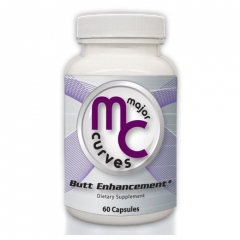
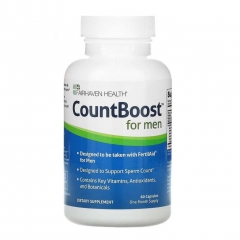
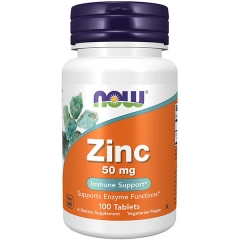
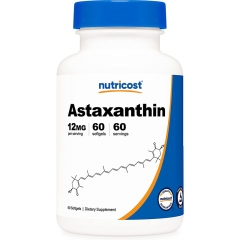
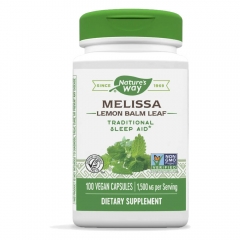
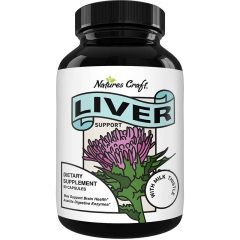
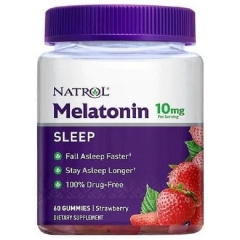
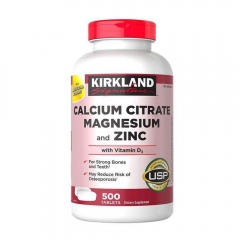

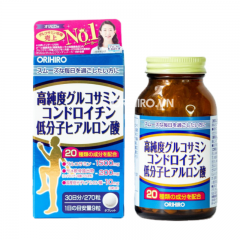
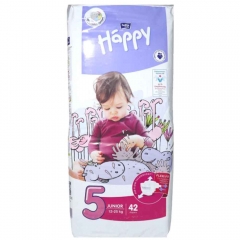


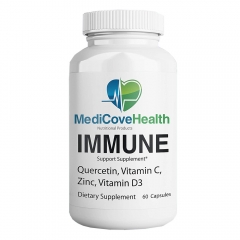




 KHUYẾN MÃI LỚN
KHUYẾN MÃI LỚN Hỗ Trợ Xương Khớp
Hỗ Trợ Xương Khớp Bổ Não & Tăng cường Trí Nhớ
Bổ Não & Tăng cường Trí Nhớ Bổ Sung Collagen & Làm Đẹp
Bổ Sung Collagen & Làm Đẹp Bổ Thận, Mát Gan & Giải Độc
Bổ Thận, Mát Gan & Giải Độc Chăm Sóc Sức khỏe Nam Giới
Chăm Sóc Sức khỏe Nam Giới Chăm Sóc Sức khỏe Nữ Giới
Chăm Sóc Sức khỏe Nữ Giới Chăm sóc Sức khỏe Trẻ Em
Chăm sóc Sức khỏe Trẻ Em Thực Phẩm Giảm Cân, Ăn Kiêng
Thực Phẩm Giảm Cân, Ăn Kiêng Bổ Sung Vitamin & Khoáng Chất
Bổ Sung Vitamin & Khoáng Chất Bổ Tim Mạch, Huyết Áp & Mỡ Máu
Bổ Tim Mạch, Huyết Áp & Mỡ Máu Bổ Mắt & Tăng cường Thị lực
Bổ Mắt & Tăng cường Thị lực Điều Trị Tai Mũi Họng
Điều Trị Tai Mũi Họng Sức Khỏe Hệ Tiêu hóa
Sức Khỏe Hệ Tiêu hóa Chăm Sóc Răng Miệng
Chăm Sóc Răng Miệng Chống Oxy Hóa & Tảo Biển.
Chống Oxy Hóa & Tảo Biển.